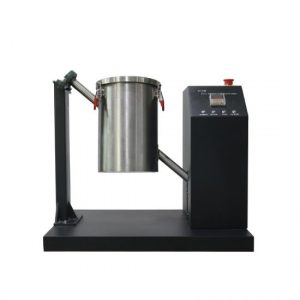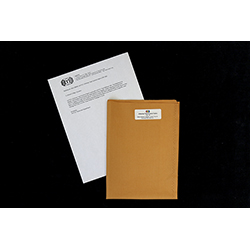Purpose of test
This test shows how well colored fabric or yarn holds its color when exposed to chlorinated water.
The method was designed for textiles made from various fibers and with various coloring types:
- Printed
- Dyed
- Yarn
- Other Coloring Techniques
Terminology Defined
Colorfastness — A fabric’s ability to retain color in various conditions.
Gray Scale for Color Change — The Gray Scale for Color Change is used in colorfastness tests for evaluating fading and alteration of colors in tested fabrics. The scale has shades of gray correlated with numbers that allow a tester to match shades with a numerical score.
Pool Water — Water, normally used for swimming, that has had various chemicals added for purity and clarity.

Test method
Materials Used for Test
- Sample textile
- Wringer
- Dilated chlorine solution
- Test control fabric
- Deionized water

Testing Procedure
- The test standard also sets specific values for pH, temperature, and chlorine content.
Test Procedure (Summary)
- Part 1: Agitation — The test specimen and control fabric are placed in a cylinder with the chlorine solution and tumbled for one hour.
- Part 2: Wringing — Technicians then wring the fabrics to remove excess solution.
- Part 3: Drying and Grading — The fabrics are then allowed to dry on absorbent, bleached paper at room temperature. A score is given using the Gray Scale for Color Change based on alterations and fading.